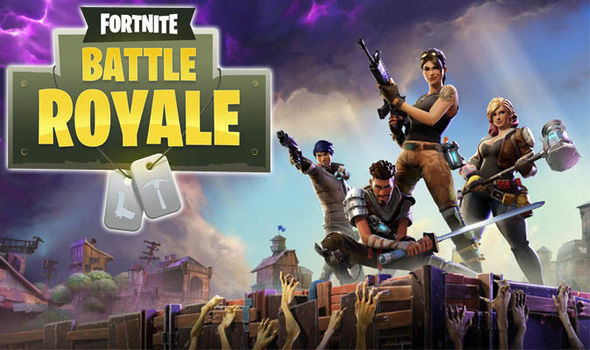By Roxy Augeri ’20
When my teacher came around to collect the homework on a Thursday morning, half of the boys in my class just shrugged their shoulders and said they didn’t have it. Jokingly, the teacher went up to the board, drew a big F, and said “y’all are going to have an F in my class, an F for ‘Fortnite’.” He then proceeded to write “Fortnite” on the board and draw a big red X over it.
“Fortnite: Battle Royale” is the latest gaming craze that has embedded itself into the culture of adolescent boys across the country. The one person shooter game takes place on a post-apocalyptic island. The object of the game is to collect resources and eliminate competition by shooting them.
When the game first came out, I was confused as to its popularity, which easily surpassed any game that had come before it. On March 25, 3.4 million people across the globe were playing the shooting game simultaneously. And then I played it. While I don’t play video games often, and wouldn’t call myself good by any standard, I will admit that I had so much fun.
“Fortnite” has been found to have addictive qualities, exploiting the risky appeal of luck in order to captivate a player in a way similar to gambling.
Because of these addictive tendencies that the game creates, it is much easier for a student to fall victim to the game. Especially given the world that we live in today where everyone has a lot on their plate, having another distraction is the last thing that a student needs.
While teachers everywhere make the effort to reign in their students, the only thing that can help students to stay on task is themselves. In the end, the student is the only one that can control whether they are completing their work. If they allow themselves to get sucked into the consequences of playing the game, they’re going to have to live with the “F” potentially associated with it.













































